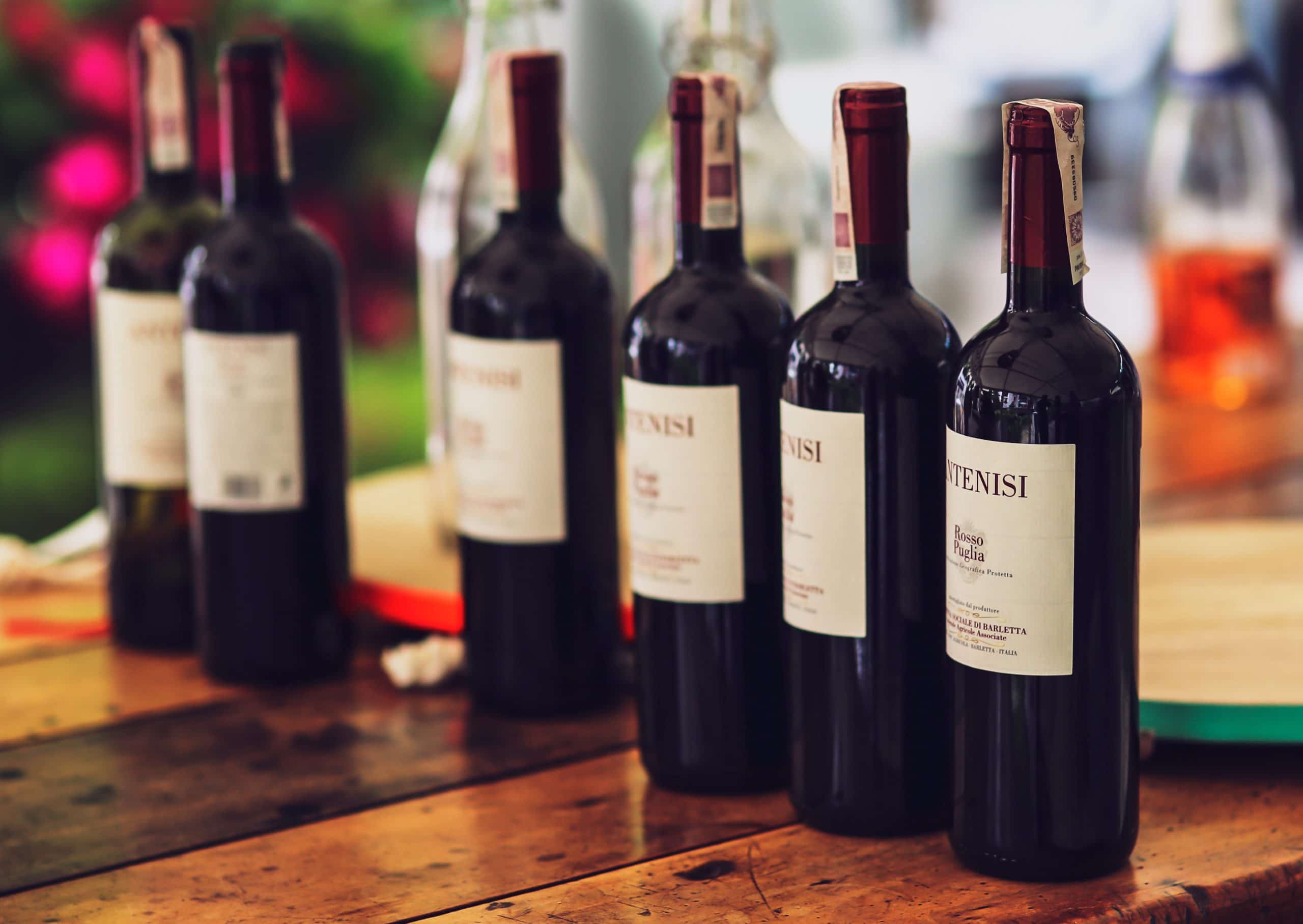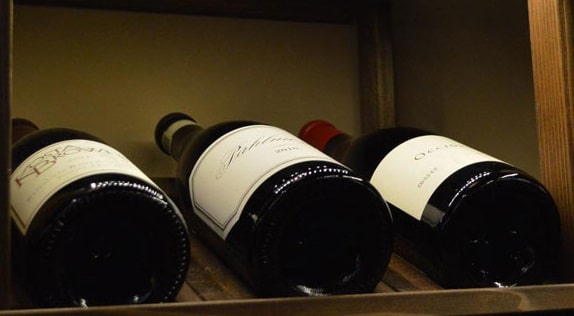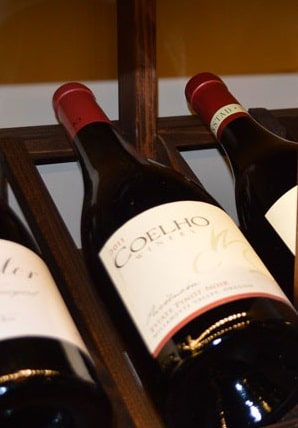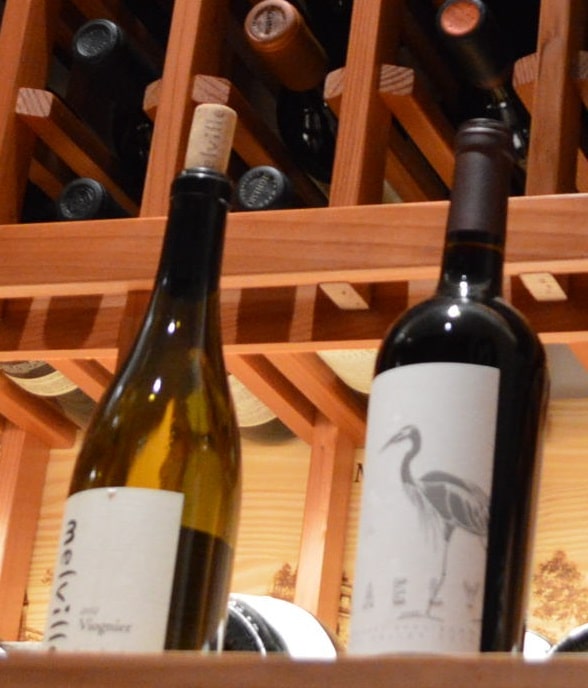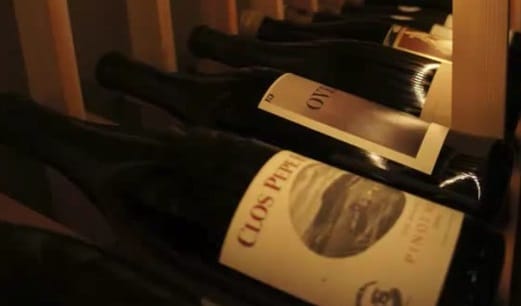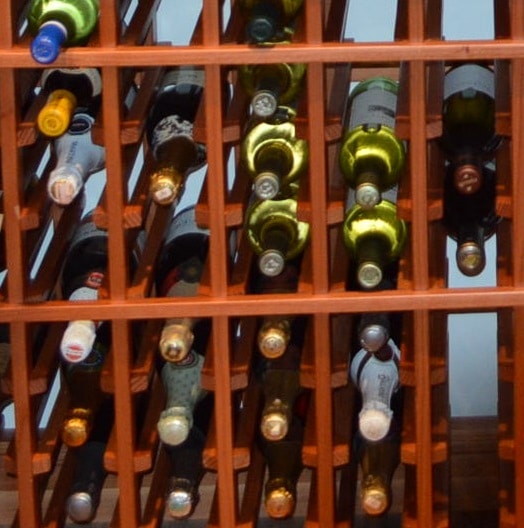
The Fallacy That Needs to be Debunked: All Wines are Best Enjoyed When Allowed to Age
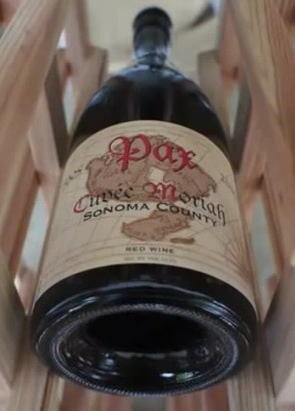
The author was, no doubt, well-meaning when she wrote those words. She was referring to her self-actualization when she likened herself to aging wine. But, this comparison is based on a long-standing fallacy that many have been led to believe.
Wine is comparable to a living thing – it goes through infancy, maturity, and old age. There are certain bottles that mature quickly, while there are those that need at least ten years before they reach their peak.
In many cases, it is only these so-called wine critics that try to dictate the number of years before a bottle should be opened. And, we know that these critics are not always right. The 1961 Château Latour, for example, was marketed as one of the best wines of the 20th century, but critics argued that it needed another 20 years in the cellar before it could taste good. It was a debate that lasted forever! But in reality, if it tastes good to you, then it tastes good, regardless! After all, it is your own taste buds that best guide you in identifying which wines are good to drink and which ones are not.
It is undeniable, though, that there are a number of vintages that do taste heavenly after having aged for more than a decade. The 1990 Château Belair St. Emilion, for instance, has a flavor that takes you to a celestial experience when aged to perfection.
There are also certain bottles that need not be kept in a cellar for too long before they are opened. Some wines even taste worse if they are stored in a cellar, instead of being enjoyed immediately. The Beaujolais Nouveau, for example, is a type of wine that is sold less than two months after harvest. Wines like this should be enjoyed immediately after purchase. If you age Beaujolais Nouveau for a year before opening it, you’ll think you’re drinking vinegar! Talk about bad taste! No pun intended.
So, the fact is that there are certain wines that should be aged and there are those that shouldn’t. Which brings us to the next question:
 Which Wines Should Be Allowed to Age in a Custom Cellar?
Which Wines Should Be Allowed to Age in a Custom Cellar?
The truth is around 90% of the wines you find at the grocery store is meant for early consumption. In fact, wines that are worthy of aging are not so common these days. The good news is that you probably have never unintentionally opened a bottle that you were supposed to cellar.
Generally, wines that are priced 25 dollars or less are usually meant to be consumed young. Bottles that are more expensive are designed to evolve in flavor as they age. Here is a list of a few wines that benefit well from being allowed to mature in a custom cellar:
Reds
- Cabernet Sauvignon from France and notable vineyards in California.
- Barbaresco, Barolo, and Brunello di Montalcino from Italy
- Vintage Ports from Portugal
 Whites
Whites
- Rieslings from France, Germany, and Austria
- Sauvignon Blanc from France
- Chardonnay from Franc
Sparkling Wine
- Prestige Cuvee Champagne from France
Why Do People Age Wine in a Custom-Built Cellar?
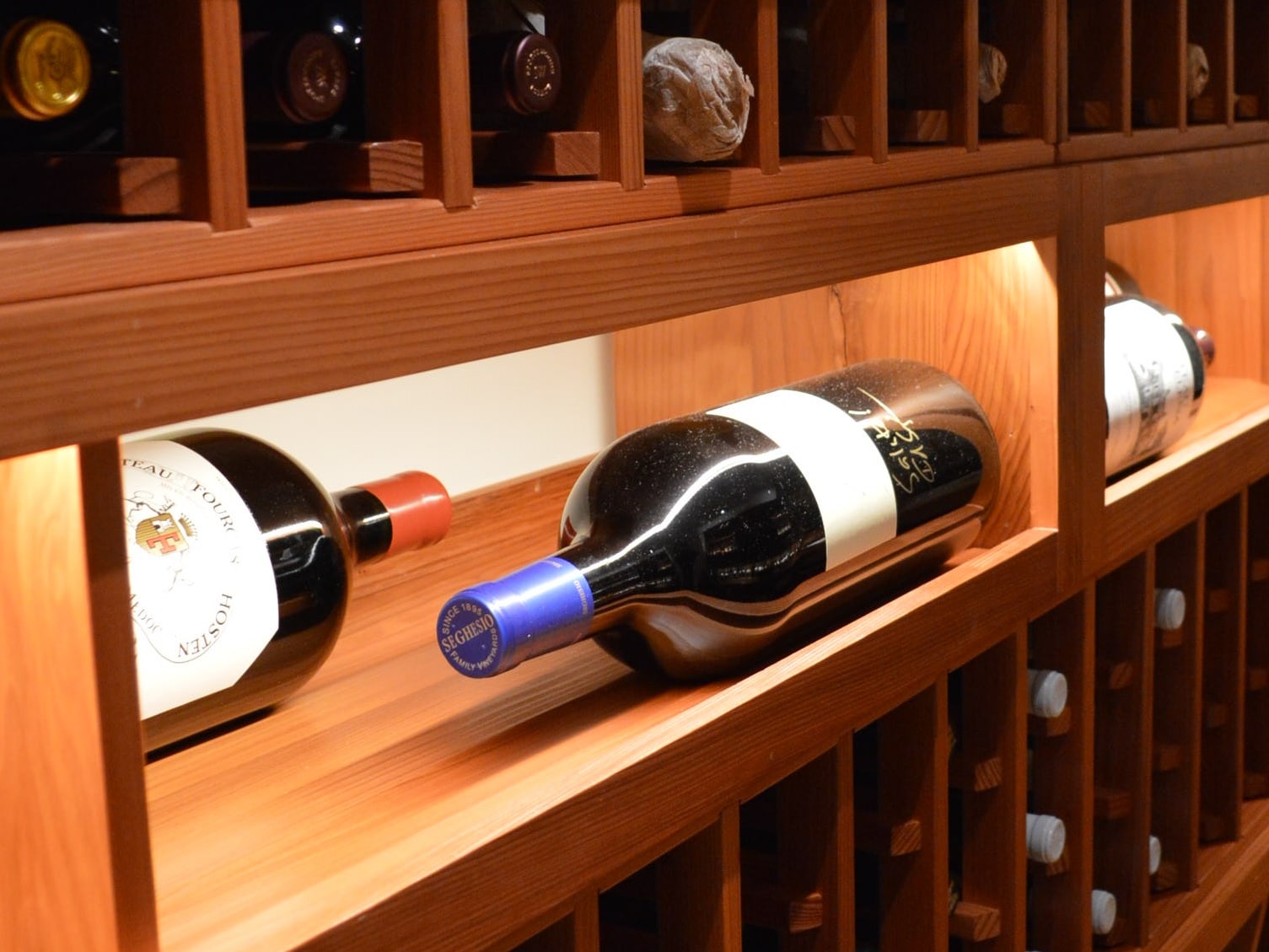
The most common reasons why people cellar their wines are:
1. Investment
“Money makes the world go round!” as they say. And, wine is a good way to earn a lot of money! If making a profit is your primary drive for starting a wine collection, then make sure you start creating connections with businesses, such as retailers and restaurants that might be interested in your vintages.
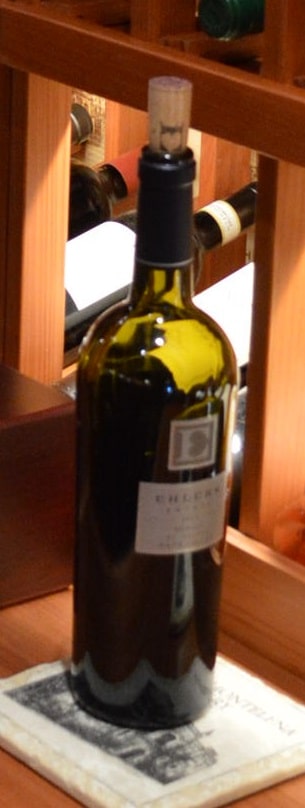
2. Personal Enjoyment
There are people who have a genuine taste for old wine, and they would never settle for any bottle that’s less than a decade old. If you’re that type of person, then building a wine cellar is definitely for you.
People vary in preferences. Some people like reds more than whites, while others are loyal to Champagne. There are those who love the taste of young wine, while others prefer vintages. Whatever floats your boat is fine, as long as you’re happy!
Keep your vintages safe by having a dependable wine cellar built by a master builder. Expert wine storage contractors, like Custom Wine Cellars San Francisco, can help you create a robust wine cellar that could age your favorite bottles to perfection!




